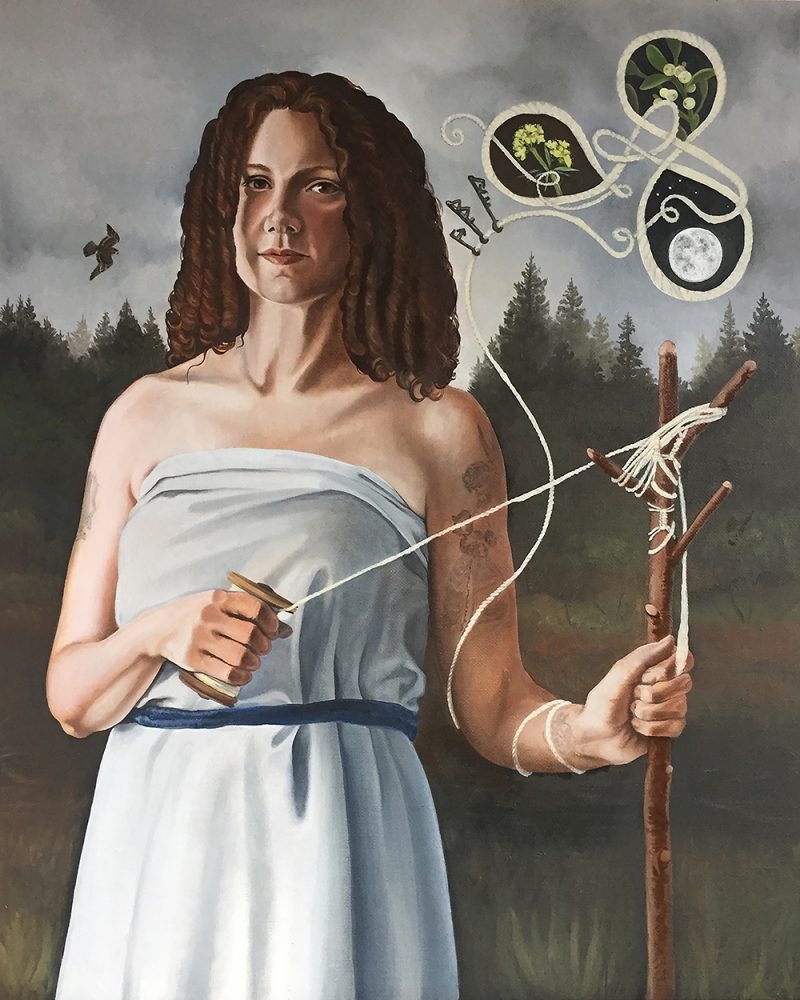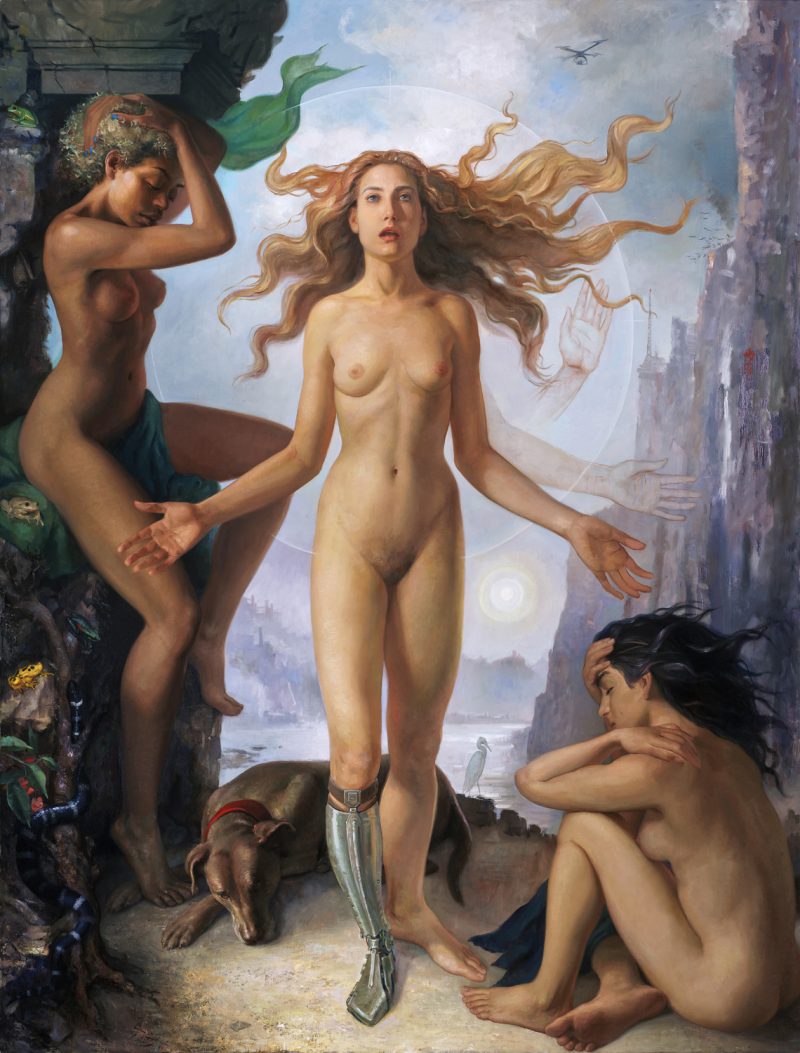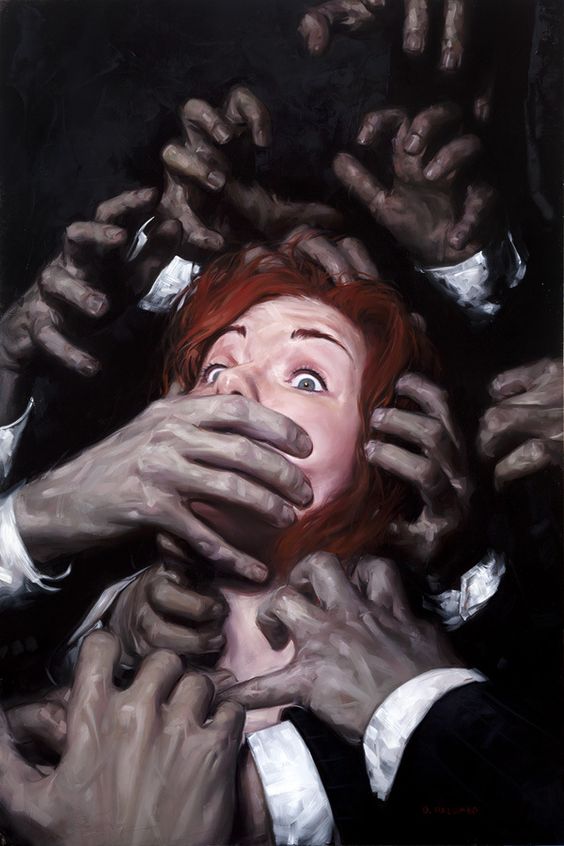The title of the painting translates to the ‘Guild of Saint Luke,’ the guild of artists that functioned in many cities throughout early modern Europe; the last one closed in 1795. St Luke was the patron saint of artists.
In the painting we see a still life of a table bearing bruised peaches and a vase with a rose, but instead of the flower head we expect to see, we are given a torn piece of canvas upon which this poem by Angelus Silesius (a German poet, mystic, and priest of the Franciscan Order who lived from 1624-77) is written in German:
The rose is without ‘why’,
It blooms simply because it blooms.
It pays no attention to itself,
Nor does it ask whether anyone sees it.
Behind the still life we are presented with another still life of a mannered garden. The topiary has rounded edges and beyond that we see a more natural landscape untouched by the gardener’s hand. We seek to follow the open spaces of the garden but our path is blocked by a rectilinear wall of shrubbery. Everything is very still and quiet. The leaves of the trees do no rustle in the breeze. No birds sing. The artist himself said “the ambiance is extremely important to me, the idea that the landscape, as it were, came to a standstill, no sun, no wind, no rain, no time, just an eternal constant.”
When asked about the narrative of the painting, Muller writes that the painting “is kind of an inside joke between me and my gallerist who goes by the name Lucas. He was fed up with me always painting flowers, so I covered it up with the poem about the flower. It was my way of rebelling in a subtle manner.”




